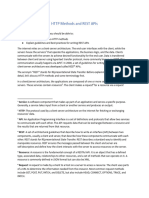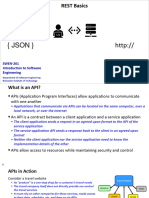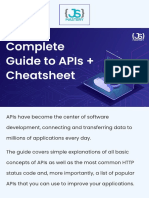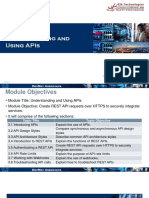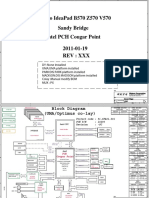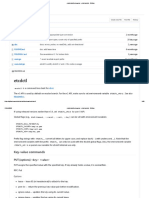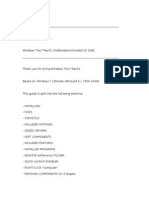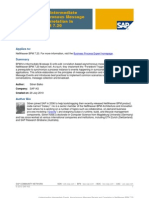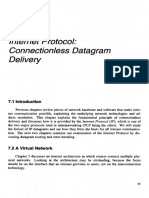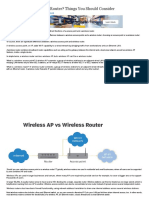0% found this document useful (0 votes)
9 views12 pagesUnderstanding Distributed Systems-41-52
Chapter 5 discusses APIs, focusing on the request-response communication style where clients send requests to services and receive responses. It covers HTTP as a request-response protocol, detailing its structure, methods for CRUD operations, response status codes, and the use of OpenAPI for API definition. The chapter emphasizes the importance of designing APIs with REST principles and managing their evolution over time.
Uploaded by
Geetu KasturiaCopyright
© © All Rights Reserved
We take content rights seriously. If you suspect this is your content, claim it here.
Available Formats
Download as PDF, TXT or read online on Scribd
0% found this document useful (0 votes)
9 views12 pagesUnderstanding Distributed Systems-41-52
Chapter 5 discusses APIs, focusing on the request-response communication style where clients send requests to services and receive responses. It covers HTTP as a request-response protocol, detailing its structure, methods for CRUD operations, response status codes, and the use of OpenAPI for API definition. The chapter emphasizes the importance of designing APIs with REST principles and managing their evolution over time.
Uploaded by
Geetu KasturiaCopyright
© © All Rights Reserved
We take content rights seriously. If you suspect this is your content, claim it here.
Available Formats
Download as PDF, TXT or read online on Scribd
/ 12
